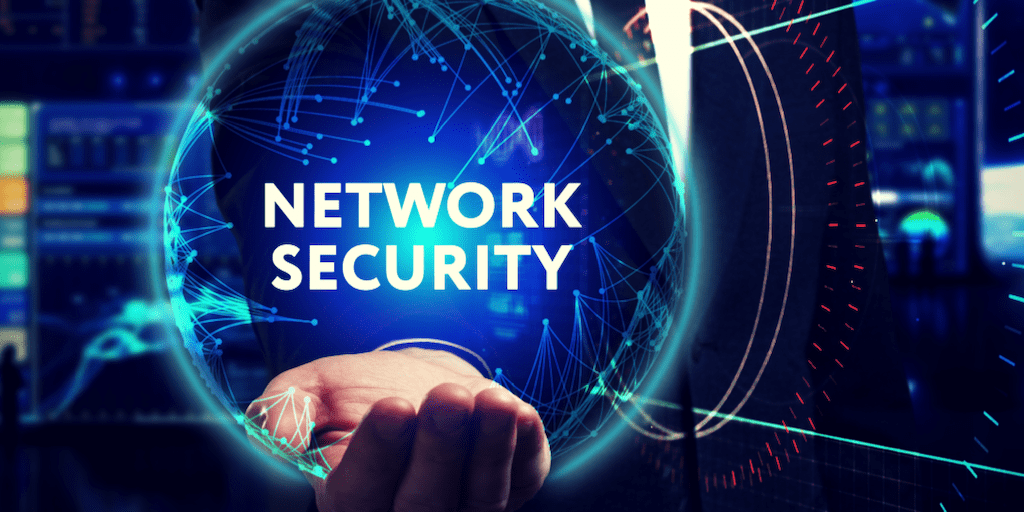Network Security Best Practices: Protecting Your Data and Systems
In an era where cyber threats are increasingly sophisticated, ensuring the security of your network infrastructure is crucial for protecting sensitive data and maintaining operational integrity. Implementing robust network security measures helps safeguard against various threats and vulnerabilities. This blog post outlines essential best practices for securing your network and protecting your data and systems.
1. Implement Strong Authentication Methods
Authentication is the first line of defense in network security. Ensure that your authentication practices are robust:
1.1 Use Multi-Factor Authentication (MFA)
MFA adds an extra layer of security by requiring users to provide multiple forms of verification, such as a password and a one-time code sent to their mobile device. This significantly reduces the risk of unauthorized access.
1.2 Enforce Strong Password Policies
Establish and enforce policies that require strong, complex passwords. Implement rules for password length, complexity, and regular changes to enhance security.
2. Deploy Firewalls and Intrusion Detection Systems
Firewalls and intrusion detection systems (IDS) are essential for monitoring and controlling network traffic:
2.1 Configure Firewalls
Use firewalls to filter and control incoming and outgoing traffic based on security rules. Firewalls help prevent unauthorized access and mitigate potential threats.
2.2 Implement Intrusion Detection Systems
Deploy IDS to monitor network traffic for suspicious activity and potential intrusions. IDS can alert you to potential security breaches and provide insights into attack patterns.
3. Encrypt Sensitive Data
Encryption protects data by converting it into a secure format that is unreadable without the appropriate decryption key:
3.1 Encrypt Data in Transit
Use encryption protocols such as SSL/TLS for securing data transmitted over networks. This ensures that sensitive information remains confidential and protected from eavesdropping.
3.2 Encrypt Data at Rest
Encrypt data stored on servers, databases, and backup devices. This adds an extra layer of protection against data breaches and unauthorized access.
4. Regularly Update and Patch Systems
Keeping systems up to date is crucial for addressing known vulnerabilities and enhancing security:
4.1 Apply Security Patches
Regularly update software, operating systems, and applications with the latest security patches. Patches address known vulnerabilities and protect against emerging threats.
4.2 Maintain Updated Antivirus Software
Ensure that antivirus and anti-malware software is current and configured to perform regular scans. Updated security software helps detect and eliminate malicious threats.
5. Monitor and Audit Network Activity
Continuous monitoring and auditing are key for identifying and responding to security issues:
5.1 Implement Network Monitoring Tools
Use network monitoring tools to track traffic patterns, detect anomalies, and monitor system performance. These tools provide real-time visibility into network activity and potential security incidents.
5.2 Conduct Regular Security Audits
Perform regular security audits to evaluate the effectiveness of your security measures. Audits help identify vulnerabilities, assess compliance with security policies, and ensure that protective measures are in place.

6. Secure Network Access
Controlling access to your network is vital for preventing unauthorized use:
6.1 Implement Role-Based Access Control (RBAC)
Use RBAC to assign permissions based on user roles and responsibilities. This ensures that individuals have access only to the resources they need for their work, reducing the risk of unauthorized access.
6.2 Use Virtual Private Networks (VPNs)
Require remote employees to use VPNs when accessing the network. VPNs encrypt data transmitted over the internet, providing a secure connection for remote work.
7. Backup Critical Data
Regular data backups are essential for recovering from data loss or ransomware attacks:
7.1 Implement Automated Backups
Set up automated backup solutions to regularly back up critical data. Ensure that backups are stored securely and tested periodically to verify their integrity.
7.2 Establish a Disaster Recovery Plan
Develop and maintain a disaster recovery plan that outlines procedures for data restoration and system recovery in case of a security incident or disaster.
8. Educate and Train Employees
Employees play a crucial role in network security. Ensure that they are informed and prepared:
8.1 Conduct Security Training
Provide regular security training to employees on best practices, threat awareness, and safe online behavior. Educated employees are better equipped to recognize and respond to security threats.
8.2 Promote Security Awareness
Foster a culture of security awareness within your organization. Encourage employees to report suspicious activities and adhere to security policies and procedures.
Conclusion
Protecting your network and data requires a multi-layered approach that incorporates various best practices and security measures. By implementing strong authentication methods, deploying firewalls and IDS, encrypting sensitive data, and maintaining up-to-date systems, you can enhance your network security and safeguard against threats. Continuous monitoring, regular backups, and employee training further strengthen your security posture. Adopting these best practices will help ensure the integrity and security of your network infrastructure, allowing you to focus on achieving your organizational goals.



